Physical therapy or physiotherapy (often abbreviated to PT) is a physical medicine and rehabilitation specialty that remediates impairments and promotes mobility, function, and quality of life through examination, diagnosis, prognosis, and physical intervention.
Physiotherapy
Neuro-Rehabilatization
Neurorehabilitation is a complex medical process which aims to aid recovery from a nervous system injury, and to minimize and compensate for any functional alterations resulting from it.Many of our clients who undergo Neurological Physiotherapy can improve symptoms such as, difficulties with loss of balance, loss of hand and arm, or leg and foot function, walking, spasticity and pain.
Stroke
A stroke occurs when the blood supply to part of the brain is suddenly interrupted, or when a blood vessel in the brain bursts, spilling blood into the spaces surrounding brain cells.
Parkinsons
At PhysioFunction you will be given a comprehensive assessment and our specialist Neurological Physiotherapists will form a treatment plan tailored to your individual goals.
Head Injury
Often called the hidden disability, people who have sustained an Acquired Brain Injury (ABI) are often faced with distinctly different challenges than people with similar impairments arising from other causes.
Spinal cord injury
Spinal cord injury (SCI) occurs when the spinal cord gets damaged following an accident, falls, sporting injuries, or following diseases, such as Polio, Spinal Bifida or Transverse Myelitis.
Cerebral Palsy
Wee-Heal brings custom-made plans for cerebral palsy. Our physiotherapists work towards optimizing patient’s movement by improving the strength and flexibility of muscles.
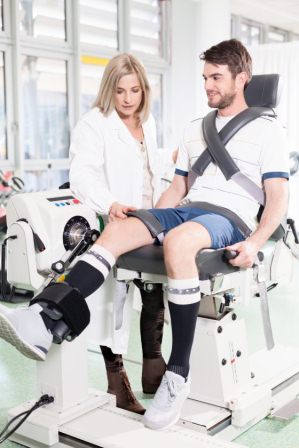

Kinesological taping
Kinesiology tape is a thin, stretchy, elastic cotton strip with an acrylic adhesive. Therapeutic kinesiology tape that can benefit a wide variety of musculoskeletal and sports injuries, plus inflammatory conditions.
Kinesiology tape is almost identical to human skin in both thickness and elasticity, which allows kinesio tape to be worn without binding, constricting or restriction of your movement.
Kinesiology tape is an that is used for treating athletic injuries and a variety of physical disorders. For the first decade after its introduction practitioners in Japan were the main users of the therapeutic kinesiology tape. By 1988 the tape had been adopted by Japanese Olympic and professional athletes before spreading across the world.
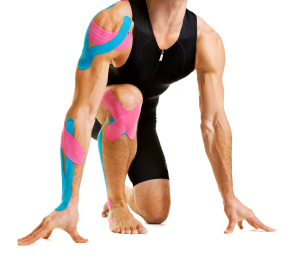

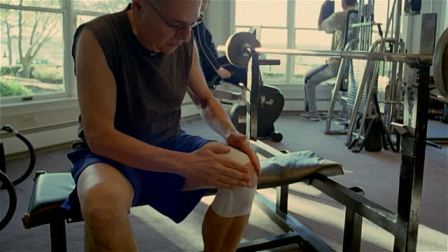

Sports Injury
Regardless of the sport, we can help the athlete to keep enjoying it by building strength, improving balance and flexibility, and increasing endurance Athletes of all ages and skill levels who have experienced pain or suffered an injury while participating in a sport can find state-of-the-art clinical care within the Spaulding Rehabilitation Network.. As a leader in rehabilitative care, we use the latest technology and research to treat a range of conditions, helping patients return to their activities as quickly and safely as possible.
A simple change in training or a small correction in equipment may be all that is needed. If the evaluation shows a more serious problem, we will work with the patient and physician to create a comprehensive plan of therapy.
Electrotherapy
Electrotherapy is a form of medical treatment, which uses small electrical impulses to repair tissue, stimulate muscles and increase sensations and muscle strength.
There are several different forms of electrotherapy; these include ultrasound, interferential therapy, transcutaneous electrical nerve stimulation (TENS), laser therapy and muscle stimulation. Ultrasound uses sound waves to speed up the healing process, while interferential therapy. Laser therapy is sometimes used to repair damaged tissue; using lasers means the treatment can be both accurate and intense.
The benefits of electrotherapy are wide-ranging and include a more advanced healing process.The effects of electrotherapy include a reduction in pain, increased strength, increased range of movement, increased speed and strength of muscle contractions.
Which conditions or injuries will benefit from electrotherapy?
Generally injuries that have caused swelling will respond well to electrotherapy; these include sprained ankles and overuse injuries such as tennis and golfer’s elbow.
Frozen shoulder
Frozen shoulder (adhesive capsulitis) is stiffness, pain, and limited range of movement in your shoulder camera.gif. It may happen after an injury or overuse or from a disease such as diabetes or a stroke. The tissues around the joint stiffen, scar tissue forms, and shoulder movements become difficult and painful. The condition usually comes on slowly, then goes away slowly over the course of a year or more.
Osteoarthritis
Osteoarthritis (OA) is a type of joint disease that results from breakdown of joint cartilage and underlying bone.[1] The most common symptoms are joint pain and stiffness. Initially, symptoms may occur only following exercise, but over time may become constant. Other symptoms may include joint swelling, decreased range of motion, and when the back is affected weakness or numbness of the arms and legs.
Prolapsed intervertebral disc
A prolapsed (herniated) disc occurs when the outer fibres of the intervertebral disc are injured, and the soft material known as the nucleus pulposus, ruptures out of its enclosed space.The prolapsed or ruptured disc material can enter the spinal canal, squashing the spinal cord, but more frequently the spinal nerves.Herniated discs rarely occur in children, and are most common in young and middle-aged adults.
Spondylitis
Spondylitis is one of the most common causes of back and neck pain, and results from inflammation of the vertebral joints. The condition is often not detected until it has fully developed and is causing pain. The pain is usually concentrated around the cervical region of the neck, shoulder and lower spine, with downward-moving stinging pain.
Sacroiiliac joint strain
The sacroiliac (SI) joints are formed by the connection of the sacrum and the right and left iliac bones. The sacrum is the triangular-shaped bone in the lower portion of the spine, centrally located below the lumbar spine. While most of the bones (vertebrae) of the spine are mobile, the sacrum is made up of five vertebrae that are fused together and do not move.
Ligament injuries
There are four main ligaments in the knee that can become injured. During injury, a knee ligament may be stretched or sometimes torn. Ligament rupture can be partial (just some of the fibres that make up the ligament are torn) or complete (the ligament is torn through completely). Knee ligament injuries can cause pain, swelling, and reduced movement of your knee.
Equipment:
Short wave diathermy
Diathermy is a therapeutic treatment most commonly prescribed for joint conditions such as rheumatoid arthritis and osteoarthritis. In diathermy, a high-frequency electric current is delivered via shortwave, microwave, or ultrasound to generate deep heat in body tissues.
Pulsed short wave diathermy uses electromagnetic energy to heat the underlying tissues. High frequency, short wave, alternating electrical currents are passed into the muscles, tendons, ligaments etc.
Pulsed short wave diathermy uses electromagnetic energy to heat the underlying tissues. High frequency, short wave, alternating electrical currents are passed into the muscles, tendons, ligaments etc.
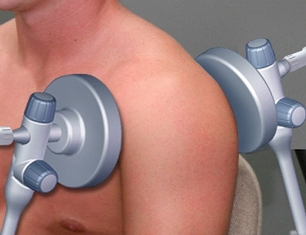

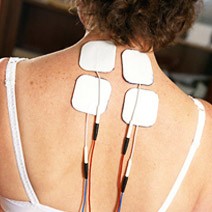

IFT inter Ferential therapy
Interferential is a form of TENS which uses two alternating medium frequency currents. The two currents are applied simultaneously and where they cross, form an area of wave interference which results in a modulated frequency equal to the difference in frequency of the two waves.
Interferential stimulates the muscle in a way similar to a normal muscle contraction. It helps to reduce pain in the same way as TENS, using the pain-gate theory and also affects the circulation.
Ultrasonic therapy
Ultrasound has been used as a treatment modality for sports injuries by therapists over the last 50 years.
Ultrasonic waves or sound waves of a high frequency that is not audible to the human ear are produced by means of mechanical vibration in the metal treatment head of the ultrasound machine. The treatment head is then moved over the surface of the skin in the region of the injury transmitting the energy into the tissues.
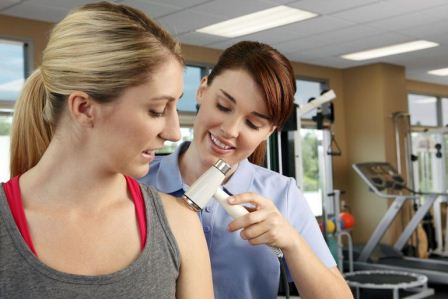

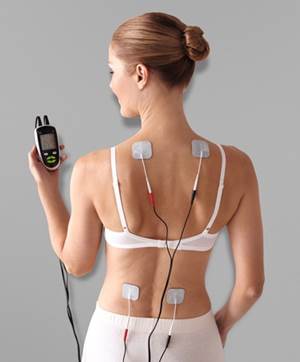

TENS
Transcutaneous electrical nerve stimulation (TENS) is a method of providing pain relief. As the name suggests, it involves the application of electrical current to the affected area. This is achieved via a number of electrodes that can be fixed to the skin.
TENS relieves pain mainly by stimulating the pain gate mechanism. When tissue becomes damaged, the pain nerve fibres in the area become irritated and increasingly sensitive which leads to a heightened perception of pain in that area.
The use of TENS is an extremely popular method of pain relief. It is relatively cheap, easy to use and the side effects are minimal when compared to some oral pain killers. It is thought that TENS can provide pain relief in the region of almost 70% of cases suffering from an acute injury.
Pre post operation management:
For centuries the surgeon’s chief training was in anatomy, almost to the exclusion of other aspects of the art. Only in the 20th century did the increasing scope of surgery and unremitting efforts to reduce the number of deaths and complications to a minimum lead inevitably to the realization that a sound understanding of physiology is as important as a thorough grounding in anatomic relationships.
The surgeon of the 21st century is concerned not only with the proper preoperative preparation of the patient and technical conduct of an operative procedure but also with the preparation of the operating room and an understanding of the problems created by illness in the patient as a whole.
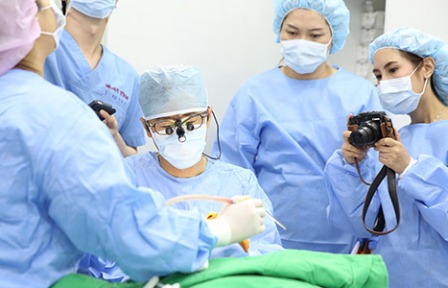



Knee replacement
After total knee replacement surgery, patients are monitored for 1–2 hours until the anesthesia wears off. Depending on the specific type of surgery performed and the patient’s overall health and recovery, most patients remain in the hospital for several days after the procedure.
Several therapies are used soon after knee surgery to encourage circulation in the leg and prevent blood clots.
Total hip replacement
It is important to exercise after surgery to increase the strength and flexibility in your new hip and to help prevent blood clots. You may feel uncomfortable at first, but exercising will help you to get back to your normal everyday activities sooner.
Your healthcare team may suggest you add some or all of the following exercises to the ones you began at home before surgery. Start doing them only after you have been seen by your surgeon at your first follow-up visit after surgery.
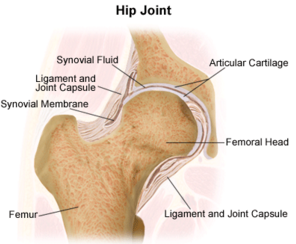



Pre & Post pregnancy
The physical changes to a women’s body as related to pregnancy are multiple. The centre of mass changes, there is more pressure on the organs, and there is increased weight to be carried. All of this in a relatively short span of time often leads to back pain, pelvic pain and urinary incontinence.
Evidence shows that group training programs designed and delivered by physiotherapists can relieve lower back pain, pelvic pain and urinary incontinence in pregnant women.
Ergonomic care at work place
Back pain is one of the most common work-related injuries and is often caused by ordinary work activities such as sitting in an office chair or heavy lifting.
Applying ergonomic principles – the study of the workplace as it relates to the worker – can help prevent work-related back pain and back injury and help maintain a healthy back.
The goal of an ergonomics program in industry is to adapt the workplace to a specific worker, dependent on the job description, required tasks, and physical make up of the employee performing those tasks.


Opd service
A Therapeutic program is planned for both- inpatients and outpatients after a thorough Physical Evaluation carried out in the following sections as per the nature of intervention required.
A. Frozen shoulder
Frozen shoulder (adhesive capsulitis) is stiffness, pain, and limited range of movement in your shoulder camera.gif. It may happen after an injury or overuse or from a disease such as diabetes or a stroke. The tissues around the joint stiffen, scar tissue forms, and shoulder movements become difficult and painful. The condition usually comes on slowly, then goes away slowly over the course of a year or more.
B. Osteoarthritis
Osteoarthritis (OA) is a type of joint disease that results from breakdown of joint cartilage and underlying bone.[1] The most common symptoms are joint pain and stiffness. Initially, symptoms may occur only following exercise, but over time may become constant. Other symptoms may include joint swelling, decreased range of motion, and when the back is affected weakness or numbness of the arms and legs.
C. Prolapsed intervertebral disc
A prolapsed (herniated) disc occurs when the outer fibres of the intervertebral disc are injured, and the soft material known as the nucleus pulposus, ruptures out of its enclosed space.The prolapsed or ruptured disc material can enter the spinal canal, squashing the spinal cord, but more frequently the spinal nerves.Herniated discs rarely occur in children, and are most common in young and middle-aged adults.
D. Spondylitis
Spondylitis is one of the most common causes of back and neck pain, and results from inflammation of the vertebral joints. The condition is often not detected until it has fully developed and is causing pain. The pain is usually concentrated around the cervical region of the neck, shoulder and lower spine, with downward-moving stinging pain.
E. Sacroiiliac joint strain
The sacroiliac (SI) joints are formed by the connection of the sacrum and the right and left iliac bones. The sacrum is the triangular-shaped bone in the lower portion of the spine, centrally located below the lumbar spine. While most of the bones (vertebrae) of the spine are mobile, the sacrum is made up of five vertebrae that are fused together and do not move.
F. Ligament injuries
There are four main ligaments in the knee that can become injured. During injury, a knee ligament may be stretched or sometimes torn. Ligament rupture can be partial (just some of the fibres that make up the ligament are torn) or complete (the ligament is torn through completely). Knee ligament injuries can cause pain, swelling, and reduced movement of your knee.
Designed By Designsvisions
